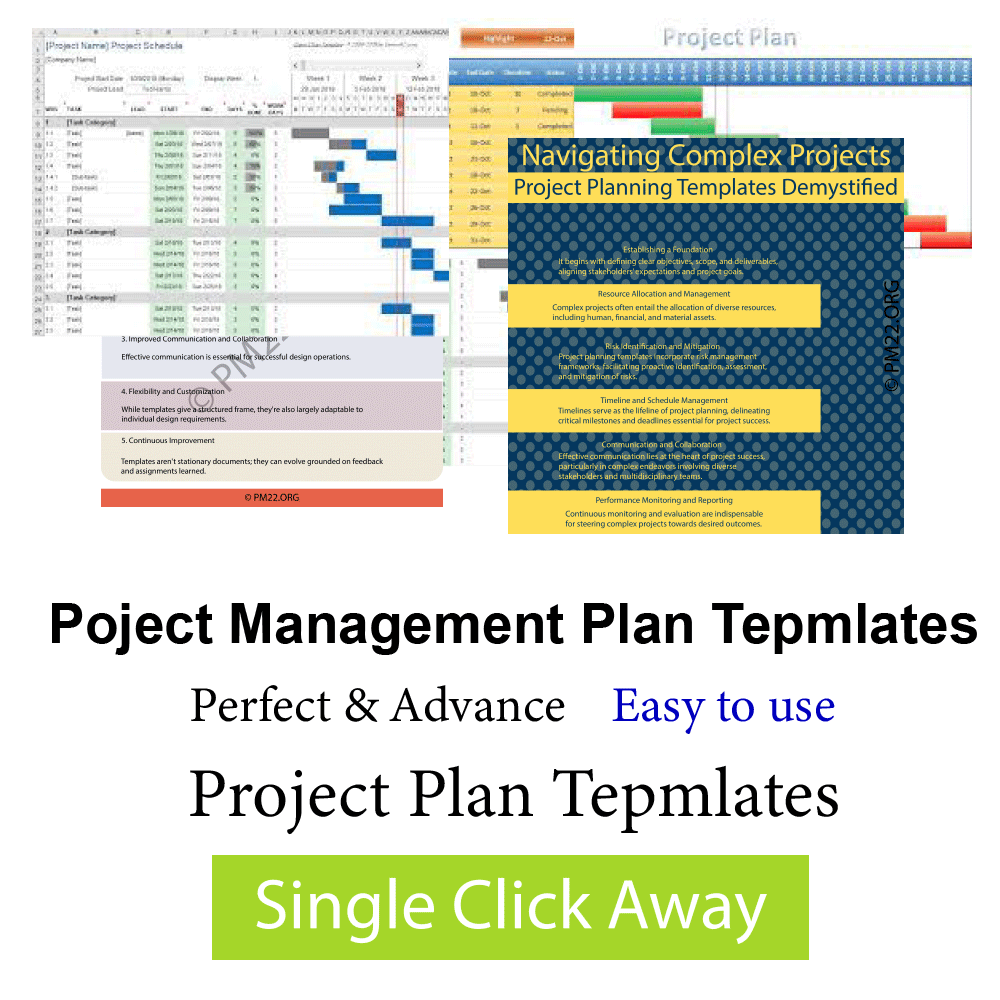 Effective project planning is the foundation for successful project execution. Whether you’re leading a small team or managing a complex enterprise initiative, choosing the right project planning method can make all the difference. Let’s explore some of the top project planning methods and how to use them to bring your projects to life.
Effective project planning is the foundation for successful project execution. Whether you’re leading a small team or managing a complex enterprise initiative, choosing the right project planning method can make all the difference. Let’s explore some of the top project planning methods and how to use them to bring your projects to life.
- Waterfall Method
The Waterfall method is one of the oldest and most traditional project planning methods. It follows a linear, sequential approach, where each phase must be completed before moving on to the next.
How It Works
Waterfall breaks down the project into distinct stages such as requirements gathering, design, development, testing, and deployment. Each phase is completed fully before the next begins, making it ideal for projects with well-defined scopes and timelines.
When to Use It
Waterfall is best suited for projects where the requirements are clear from the start, with little likelihood of change. Think of construction projects or highly regulated industries. However, it’s less flexible, so if mid-project changes are common, this might not be the best method.
- Agile Method
Agile has become one of the most popular project-planning approaches, especially in software development. It emphasizes flexibility, collaboration, and customer satisfaction through continuous feedback and iterative progress.
CLICK HERE TO DOWNLOAD 300+ PROJECT MANAGEMENT TEMPLATES & DOCUMENTS IN EXCEL
How It Works
In Agile, projects are broken into sprints, typically lasting two to four weeks. At the end of each sprint, a working product or feature is delivered, and feedback is incorporated into the next sprint cycle. Agile allows for constant adaptation and improvement throughout the project.
When to Use It
Agile is perfect for projects where requirements may evolve, or where frequent communication with stakeholders is essential. If you’re working on a product or system that will need continuous improvement and testing, Agile is your go-to.
- Scrum Method
Scrum is a specific framework within Agile. It takes Agile’s iterative approach and applies a more structured framework, making it easier to manage teams and track progress.
How It Works
Scrum operates in sprints just like Agile but includes structured roles such as the Scrum Master, Product Owner, and Development Team. Teams meet daily in stand-up meetings to discuss progress and challenges, ensuring that obstacles are addressed quickly.
When to Use It
Scrum is ideal for teams that benefit from frequent check-ins and close collaboration. It’s particularly helpful for complex projects with changing requirements or projects where stakeholders are heavily involved in the development process.
- Kanban Method
Kanban is another Agile-based methodology, but it focuses more on visualizing work progress and limiting the amount of work in progress at any given time.
How It Works
Kanban uses a visual board with columns representing different stages of work, such as to-do, in progress, and done. Team members move tasks across the board as they complete them, helping everyone see at a glance what’s happening.
When to Use It
Kanban is great for teams that need a visual workflow and want to focus on optimizing efficiency. It’s particularly useful for projects with no strict deadlines but a steady stream of tasks, such as software maintenance or support teams.
- Critical Path Method (CPM)
The Critical Path Method is a more mathematically driven approach to project planning. It focuses on identifying the longest sequence of tasks (the critical path) that determines the project’s duration.
How It Works
CPM involves listing all tasks required to complete the project, estimating their durations, and identifying dependencies. The longest path of dependent tasks is the critical path, and any delay in this path will delay the project.
When to Use It
CPM is best for large, complex projects with many interdependent tasks, such as construction or engineering. It’s a good choice when you need to closely monitor timelines and ensure that critical tasks are completed on schedule.
- Lean Project Management
Lean Project Management focuses on maximizing value while minimizing waste, drawing from principles used in Lean Manufacturing. It emphasizes efficiency, continuous improvement, and delivering value to customers quickly.
CLICK HERE TO DOWNLOAD 300+ PROJECT MANAGEMENT TEMPLATES & DOCUMENTS IN EXCEL
How It Works
Lean encourages teams to streamline processes by cutting unnecessary steps, improving flow, and increasing efficiency. It relies on ongoing feedback, teamwork, and a focus on improving workflow to deliver more value in less time.
When to Use It
Lean is ideal for projects that need to deliver high value with fewer resources. It works well for teams looking to improve efficiency, eliminate waste, and deliver faster results, especially in product development or operational environments.
- Hybrid Project Management
If you can’t decide on just one method, Hybrid Project Management allows you to combine elements from different methods, like Agile and Waterfall, to create a customized approach.
How It Works
In Hybrid methods, teams may start with a Waterfall approach for the planning and design stages, then switch to Agile for development and testing. This flexibility allows you to tailor the methodology to the needs of different project phases.
When to Use It
Hybrid is perfect for projects where one method might not suit the entire project lifecycle. For example, you may need a structured approach at the beginning but want more flexibility as the project evolves.
Conclusion
Each project planning method offers unique strengths depending on your project’s complexity, team dynamics, and flexibility needs. By understanding how each method works and when to use them, you can select the best approach to ensure your project’s success. Remember, the Top Project Planning Methods is one that adapts to your team’s needs while keeping the project on track and within scope.

